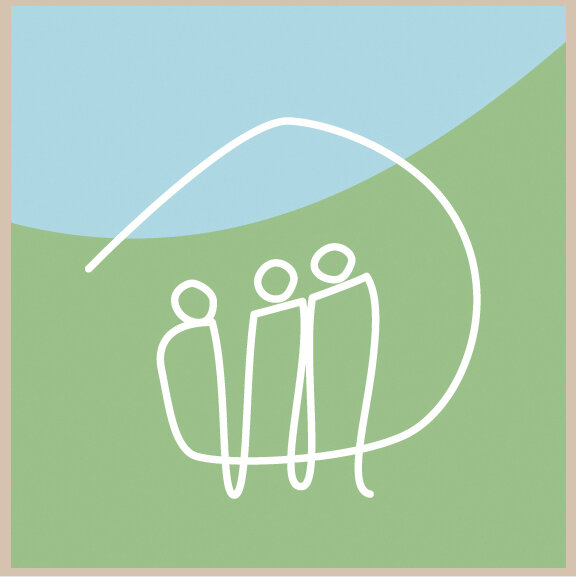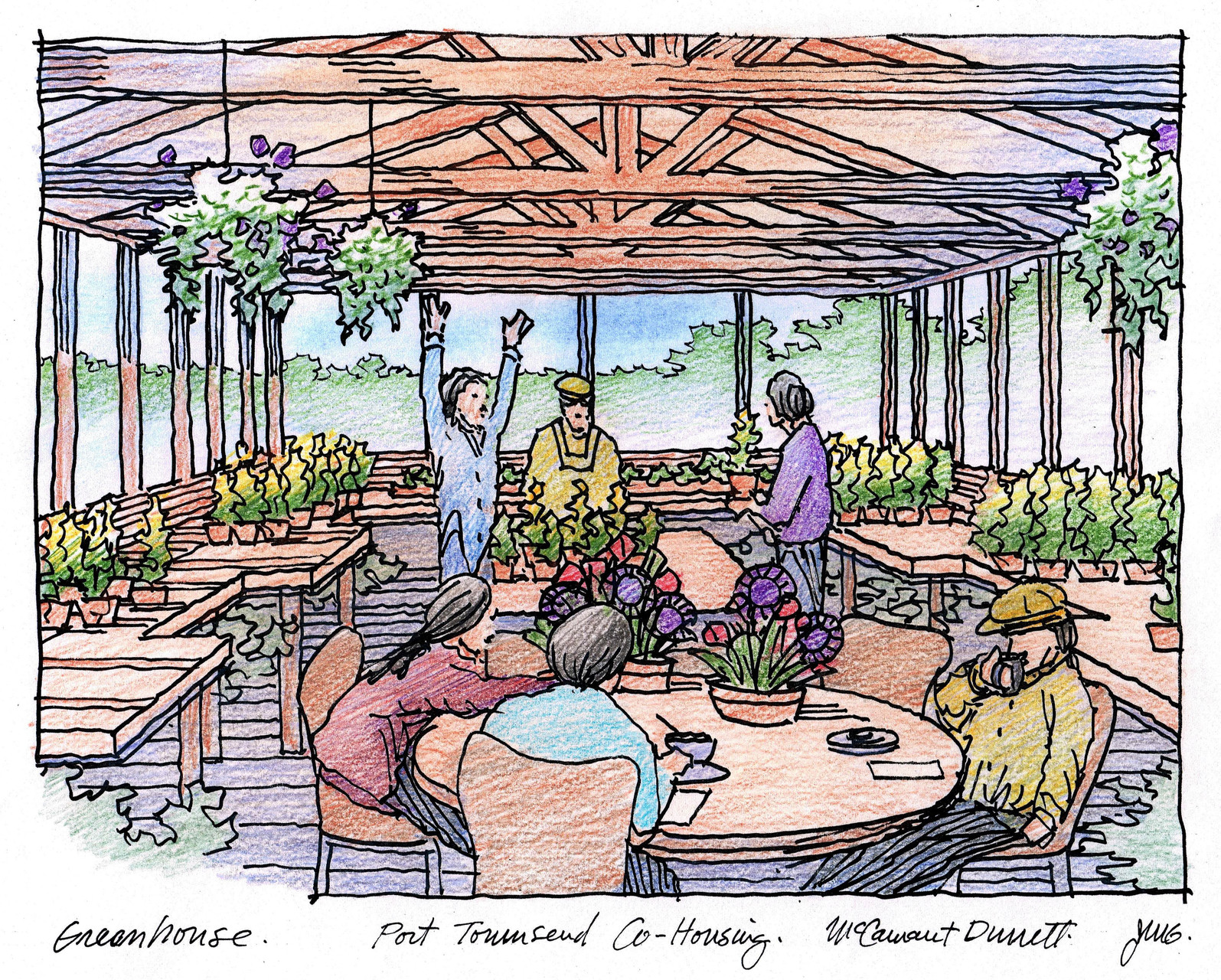From CoHousing Solutions' newsletter published Dec 2017.
Advent Circle, Nevada City Cohousing
As we approach the Winter Solstice, I’ve been thinking of the full cycle of life we get to experience here in my intergenerational community, Nevada City Cohousing. I suspect that I am not the only one that finds this to be one of the more profound appreciations for living in community, for ourselves and for our children.
The Winter Solstice Spiral is a beloved tradition at Nevada City Cohousing that inspires contemplation on every stage of life...
In the last weeks my community has been holding so much love for so many. For one neighbor who recently died, too young as she was just in her early 50’s, the community has been there to support her and her family in any way we can. And in return she shared and taught us so much. Another neighbor mentioned that her mother, who lives a few blocks away, had become close with this woman, and that sharing her passing has opened up an opportunity to talk with her mother about death. “What a gift (our neighbor) has given me,” she tells me.
On a recent Saturday night, another neighbor held his 46th birthday party in the common house with a rock-and-roll band made up of his fellow junior high teachers. Softening us up, he fed the community tacos and his new home-brew, made from hops grown here and brewed in the common house. Can’t get much more local than that! And that also helped to soften any complaints about the rock and roll band later…good technique.
Breaking bread together is at the heart of cohousing.
And then Sunday afternoon, all the women of the community, from 3 to 80, gathered in the common house to celebrate another neighbor’s pregnancy. We are all so excited to have a new baby coming! We shared stories, wishes, cake and tea. One neighbor is coordinating our community quilt for the baby. Another neighbor is knitting blankets for the new baby, and the baby’s older brother, while she worries about her husband’s cancer returning.
In cohousing, all of these major life events can happen at home with much more support from the community.
Written by Katie McCamant of CoHousing Solutions.













